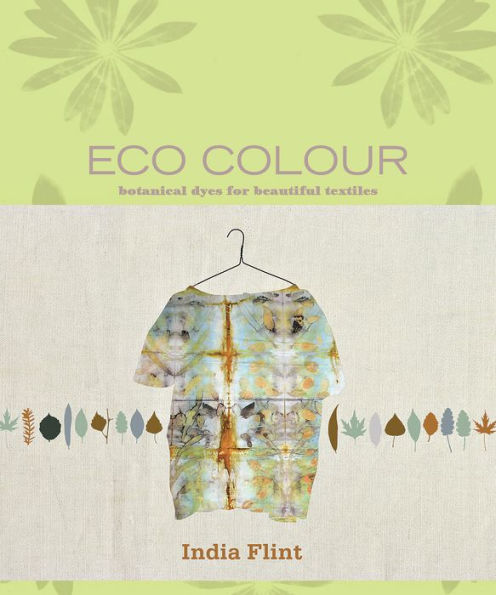Table of Contents
PrologueWhat this book is for
Part One
Before You Begin
Natural Dyes – a context
Discovering dyes
Dyeing and cooking: some links
The true cost of synthetic dyes
Regionalism
A renewable color palette
Collecting Plants – a protocol
Backyards and gardens
What’s in a name?
Garbage and windfalls
Part Two
The Workspace
Equipment and a place to work
Equipment
Storing samples
On the Road
Harvesting and storing plants for dyeing
Safe practices
Part Three
Natural Dyestuffs
Some traditional dye materials
The edible dye garden
Part Four
Preparing, Processing and Applying Dyes
Preparing to dye
Treating the fiber before dyeing
Animal Fibers
Plant fibers
Mordants
Wool
Cotton
Silk
Looking for alternatives
Tannin
Protein
Alkalis
Acids
Metals
Method of mordant assessment
Pre-mordants
Processing plant dyes
Dye application processes
Some curiosities to be derived from sequential extractions
Part Five
Some Special Dyeplant Groups
Eucalyptus dyes
Beyond the eucalyptus
Ice-flower dyes
Process
Variations
Plants to try
Fruits and berries
Part Six
Special Effects
Cold-bundled eco-prints
Fixing the color
What next?
Non-eucalyptus eco-prints using hot-bundling
Hapa-zome – beating color into cloth
Dyeing wool yarn and silver
Basic procedure
Dyeing multicolored yarns and silver in a microwave oven
Multicolored yarns using scrap metals and plant dyes
Multicolored yarns
Printing with plant dyes
Using shibori techniques and layered dyeing
Hexagonal or honeycomb patterns
Tartan patterns
Checkerboard patterns
Multicolored fabrics
Resists
Block printing
Batik – wax resist
Egg
Solar Dyeing
Process
Mud and cow patties
Mud
Cow patties
Part Seven
Some Other Considerations
The importance of water
The importance of time
Caring for cloth
Silk
Wool
Cotton, linen, ramie and hemp
Disposal of wastes
Liquids
Vegetable matter
Part Eight
References
Further reading
Websites
Index
About the Author
Acknowledgements



